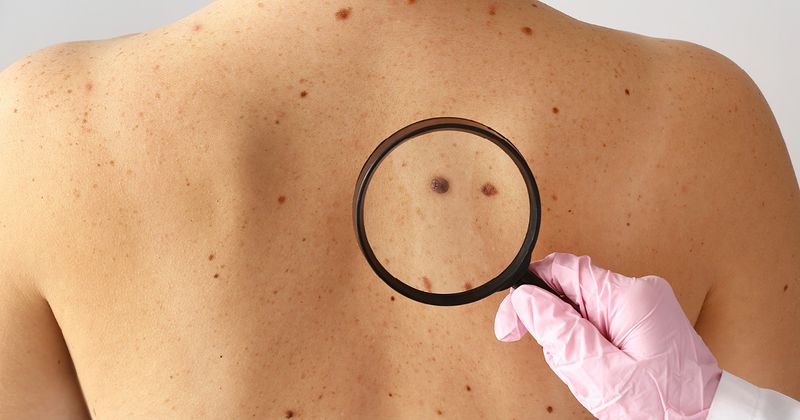Q&A: Regular self-exams, ABCDEs of melanoma may help detect skin cancer early
Click Here to Manage Email Alerts
Although skin cancer is the most common type of cancer worldwide, melanoma — the deadliest form of skin cancer — has a 5-year survival rate of 99% when detected early.
The Skin Cancer Foundation launched The Big See campaign because, as its website states, “skin cancer is the cancer you can see” and checking yourself from head-to-toe once a month could help detect skin cancer early. Despite it being visible, skin cancer often goes undetected, which is why it is important that patients understand what to look for when conducting regular self-examinations.

In honor of Skin Cancer Awareness Month, Healio spoke with Jennifer A. Stein, MD, PhD, professor of dermatology at NYU Langone Perlmutter Cancer Center, about what clinicians should know regarding patient education and screening.

Healio: How can clinicians best educate their patients about skin cancer?
Stein: Patients should look out for the “ugly duckling,” or a spot that’s new, changing and doesn’t fit in with the other things they see on their skin.
The ABCDEs of melanoma are a mnemonic to remember key features of melanoma.
“A” for asymmetry, “B” for border (irregular), “C” for color (too many colors), “D” for diameter (size bigger than a pencil eraser) and “E” for evolving (changing).
Sharing photos of melanoma and other skin cancers is a great way to show patients what to look out for.
Healio: What is a common misconception about skin cancer?
Stein: Skin cancer is not only found in places that have had the most sun exposure. Melanoma is most often found on places that are usually covered but get bursts of sun, such as on the back in men and on the leg in women. Although it’s rare, melanoma can even occur in places that never get sun, such as on the palms and soles or even in a fingernail or toenail.
Healio: When should patients be screened for skin cancer?
Stein: Patients at high risk for skin cancer get screened more frequently than the average person. Important risk factors are personal or family history of skin cancer, a lot of moles or atypical moles, high amounts of sun exposure and immunosuppression.
Healio: How can skin cancer presentations vary across skin tones?
Stein: Even though skin cancer is less common in people with darker skin, it can still occur, and tends to be found later. Patients with darker skin have a larger proportion of melanomas on the hands and feet than the general population, so a new or concerning spot in those locations should be taken seriously.
Healio: What role do you think artificial intelligence (AI) technology will play in the future for skin cancer detection?
Stein: AI has the potential to aid clinicians in skin cancer detection, particularly in clinicians with less experience detecting skin cancer.
Reference:
- May is skin cancer awareness month! https://www.skincancer.org/. Accessed May 5, 2023.
For more information:
Jennifer A. Stein, MD, PhD, can be reached at 222 E 41st St 16th Floor, New York, NY 10017.
